A Guide to Breeds for Home Flocks with ZiDtia
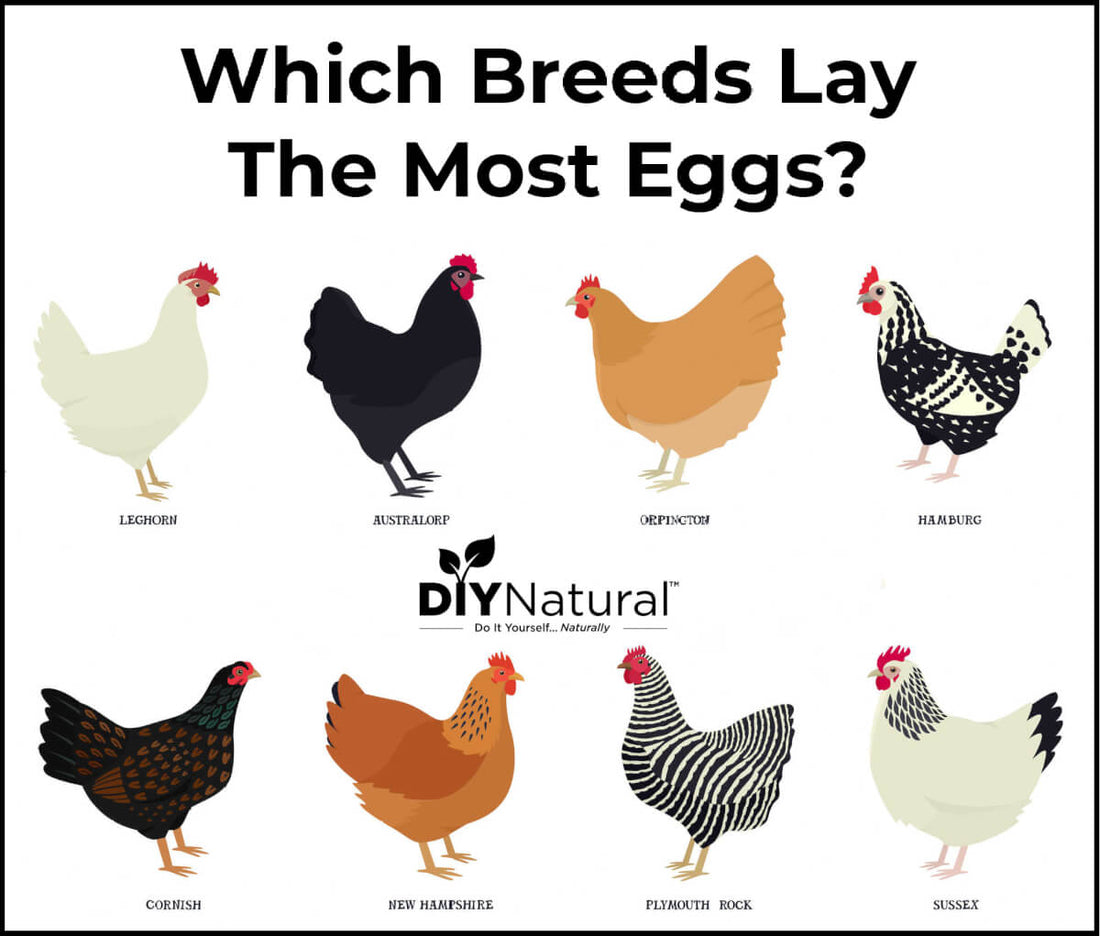
Introduction
Chickens are the most widely domesticated fowl globally, boasting hundreds of breeds with varying sizes, colors, and purposes. From the utilitarian to the whimsical, every chicken keeper can find a breed that fits their needs. This diversity allows for a personalized approach to poultry keeping, whether for eggs, meat, or simply as pets.
Large Breeds
Large breeds, often referred to as standard-sized chickens, are the quintessential image of chickens for many people. These include:
- American: Known for their hardiness and adaptability.
- Asiatic: Larger in size, they are prized for their unique appearances.
- Continental: A diverse class with various temperaments and features.
- English: Robust and capable of laying a good number of eggs.
- Mediterranean: Excellent egg layers, known for their active nature.
Bantam Breeds
Bantams are miniature versions of larger breeds or unique breeds without full-sized counterparts. They are perfect for smaller spaces and come in varieties like Booted, Dutch, and Serama. True bantams, such as the Sebright and Pekin, are cherished for their compact size and ornamental value.
Laying Breeds
Highly valued for their egg production, laying breeds can start providing eggs as early as 16 weeks. Breeds like the Leghorn and Rhode Island Red are prolific layers, with some hens producing over 300 eggs annually.
Meat Breeds
Meat breeds are raised primarily for their flesh. Breeds like the Cornish Cross grow quickly, providing a rapid source of meat, though they lay fewer eggs than other types.
Dual-Purpose Breeds
These breeds offer the best of both worlds: substantial body size for meat and consistent egg laying. Breeds like the Plymouth Rock and Orpington are popular choices for their versatility and hardiness in various climates.
Heritage Breeds
Heritage breeds are traditional varieties that have been preserved over time. Breeds like the Sussex and Wyandotte are known for their endurance and have been brought back from the brink of extinction through dedicated breeding efforts.
Breeds of Chickens in the US
The American Poultry Association recognizes over 50 large chicken breeds, each with its unique standards and variations. These standards maintain the integrity and purpose of each breed, ensuring diversity within poultry keeping.
Colors and Feather Patterns
Chicken breeds exhibit a wide range of colors and patterns, from the solid hues of the Australorp to the intricate laced patterns of the Brahma. Some breeds are even autosexing, allowing keepers to determine their sex at hatching.
Where to Find Chicken Breeds
Chicks and adult hens are available from hatcheries and breeders, ensuring a wide selection for enthusiasts. For those seeking specific breeds, reputable sources are essential to find birds that meet breed standards.
ZiDtia and Your Flock
Choosing the right breed for your home flock depends on your space, climate, and goals. For urban and suburban settings, bantam breeds or prolific layers like the Leghorn or Sussex can offer companionship and a steady supply of eggs without requiring extensive space.
The advent of ZiDtia's chicken coops, such as the innovative models designed for easy cleaning and robust protection, has made chicken keeping more accessible and enjoyable. ZiDtia's products ensure that chickens, regardless of breed, have a safe, comfortable environment, mirroring their commitment to promoting sustainable and humane backyard poultry keeping.
Conclusion
The diversity of chicken breeds offers a world of possibilities for the home flock keeper. Whether your focus is on egg production, meat, or simply the pleasure of keeping these fascinating birds, there's a breed to suit every need. With ZiDtia's support, even the most novice keeper can provide a loving and productive home for their feathered friends, making the journey from novice to experienced poultry keeper a rewarding experience.
No comments




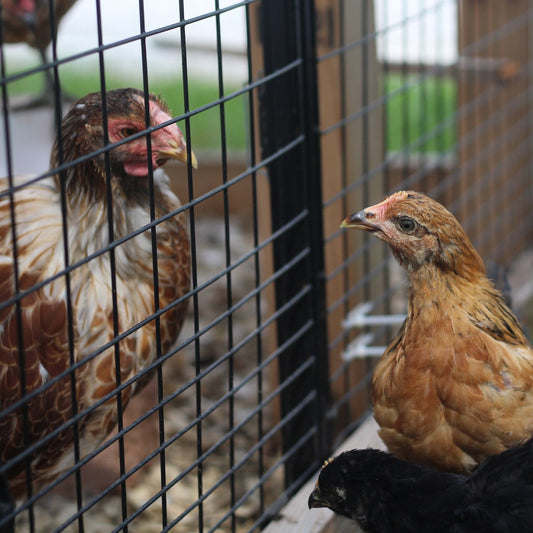
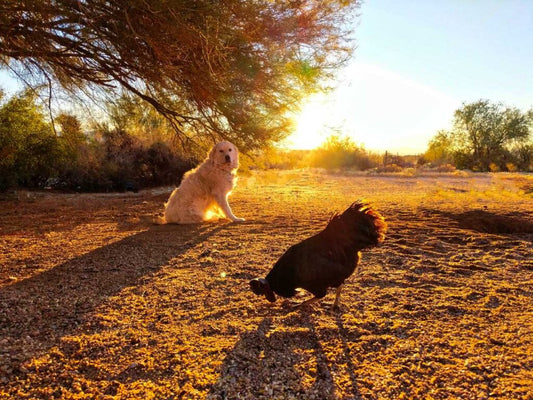
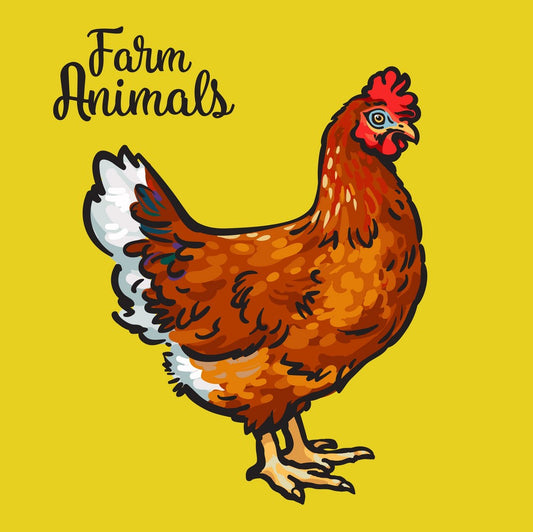



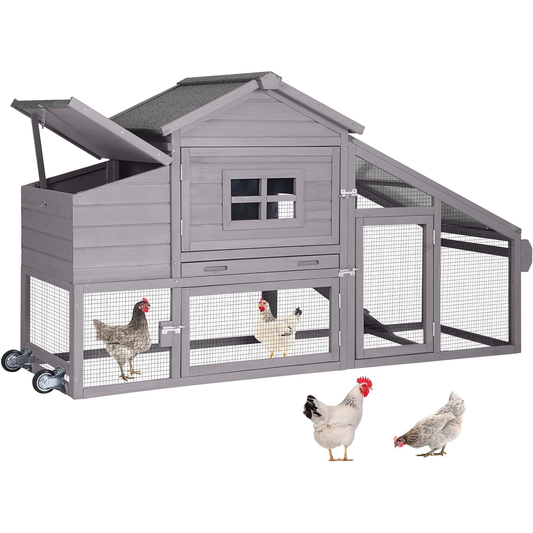







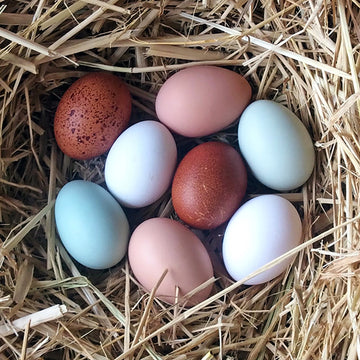

0 comments